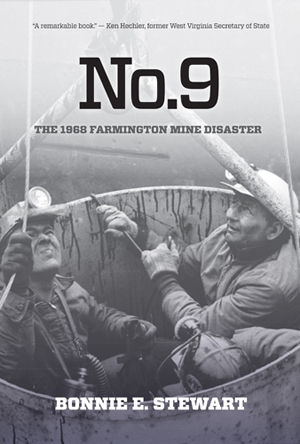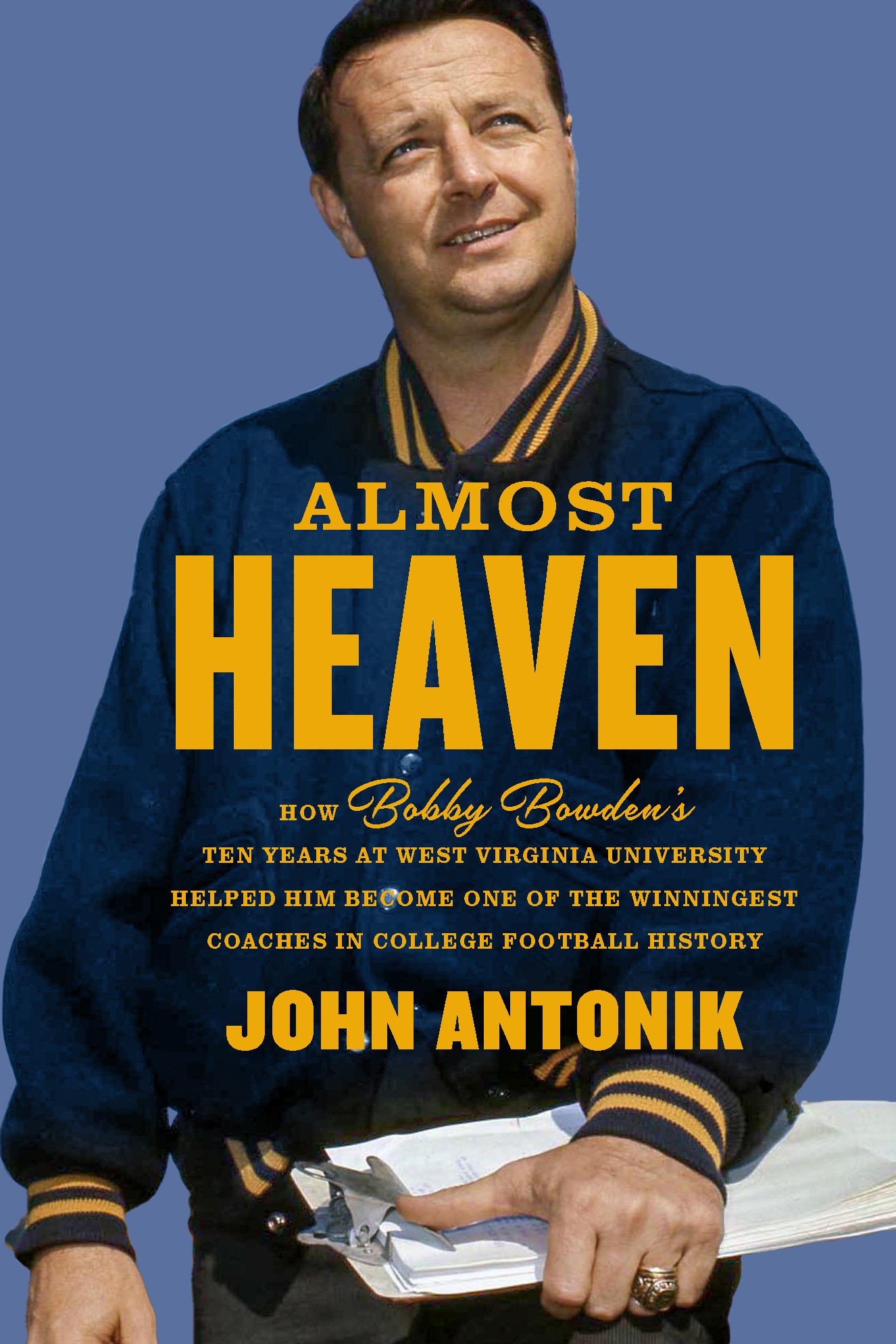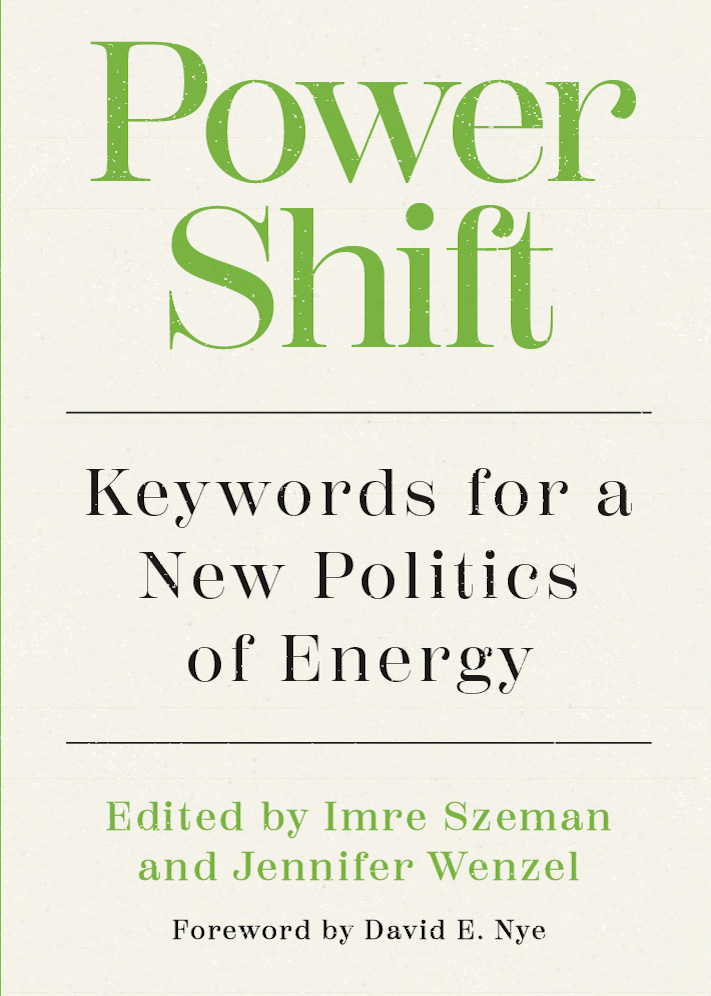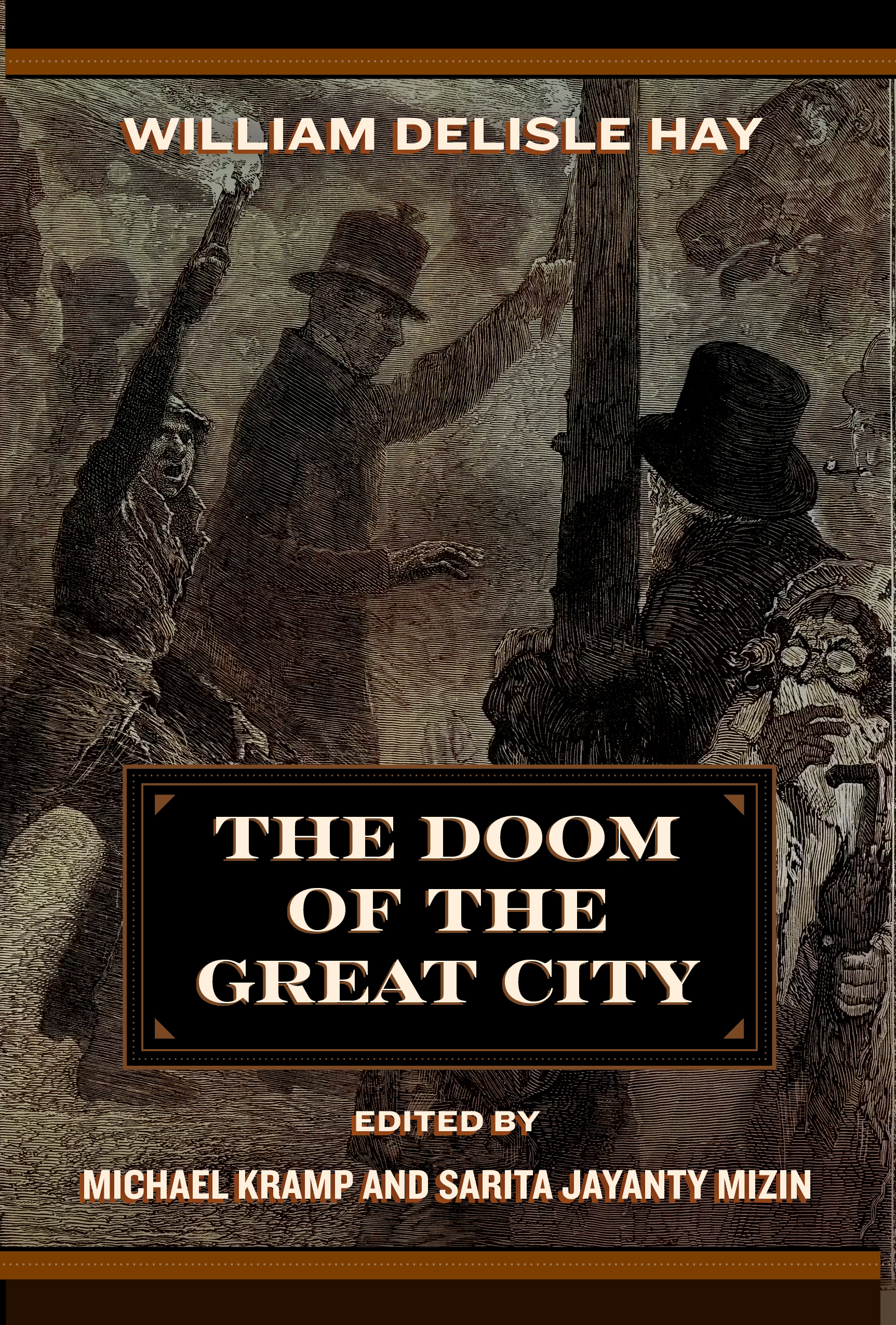Bonnie E. Stewart
Cover Photo by Bob Campione
November 2011
288pp
PB 978-1-933202-77-8
$22.99
PDF 978-1-935978-22-0
$27.99
PDF (120 Days)
$20.00
Purchase the Kindle Edition at Amazon
Summary
Ninety-nine men entered the cold, dark tunnels of the Consolidation Coal Company’s No.9 Mine in Farmington, West Virginia, on November 20, 1968. Some were worried about the condition of the mine. It had too much coal dust, too much methane gas. They knew that either one could cause an explosion. What they did not know was that someone had intentionally disabled a safety alarm on one of the mine’s ventilation fans. That was a death sentence for most of the crew. The fan failed that morning, but the alarm did not sound. The lack of fresh air allowed methane gas to build up in the tunnels. A few moments before 5:30 a.m., the No.9 blew up. Some men died where they stood. Others lived but suffocated in the toxic fumes that filled the mine. Only twenty-one men escaped from the mountain.
No.9: The 1968 Farmington Mine Disaster explains how such a thing could happen—how the coal company and federal and state officials failed to protect the seventy-eight men who died in the mountain. Based on public records and interviews with those who worked in the mine, No.9 describes the conditions underground before and after the disaster and the legal struggles of the miners’ widows to gain justice and transform coal mine safety legislation.
Contents
-
- Introduction
- Good Night, Dad
- Dangerous History
- How Such Things Happen
- Rules of Survival
- A Beautiful Mine
- Methane Madness
- Dry and Dusty
- Warning Signs
- The Last Shift
- The Disaster Hits Home
- A Paralyzed Community
- Bungled Investigation
- Widows and Wildcat Strikes
- Body Production
- In Search of Justice
- Three More Men
- Hidden Evidence
- Ungodly Work
- Inundated by Death
- Who Can Stop Us?
- Business Is Business
- Widows’ Last Stand
- Acknowledgments
- Appendices
- U.S. Coal Mine Deaths 1900-2009
- Victims of the No.9 Disaster Nov. 13, 1954
- Victims of the No.9 Disaster Nov. 20, 1968
- Chronology of Disasters and Federal Laws
- Notes
- Glossary
- Bibliography
- Index
- About the Author
- Photographs
- Emilio Megna and Family
- Frank Matish and Family
- Mine Goats
- Nails Illegally Driven through Shuttle Car Trailing Cable
- Continuous Mining Machine
- Methane Check
- No.1 Fan Shaft and No.9 Preparation Plant
- No.9 Preparation Plant
- Shuttle Car
- Coal Miners in Locomotive
- Smoke from Llewellyn Portal on November 20, 1968
- Gary Martin and Bud Hillberry in Rescue Bucket
- Media Briefing in Consolidation Coal’s Company Store
- Frank Matish
- Pregnant Wife of Trapped Coal Miner
- Woman Waiting for News
- Red Cross Volunteers
- Tony Boyle, UMWA President
- William Poundstone, Consolidation Coal Executive Vice President
- Bill Evans, Fairmont Times Editor
- Letters to Mary Matish
- Widows in Charleston
- Workers Unseal Fan Shaft
- Recovery Crew
- Sara Kaznoski and Mary Matish
- Uprooted Railway Tracks in Mine
- Jeep Swept off Mine Railway
- Larry Layne and Inspectors
- John Brock and Recovery Team
- David Mainella, Mine Foreman
- Fallen Roof in No.9 Mine
- John Toothman’s Possessions
- Debris-covered Machine after Explosions
- Families of Miners Killed
- John Toothman’s Grave
- Memorial to No.9 Disaster Victims
- Maps
- The No.9 Mine in 1954
- Origin of 1954 Explosion
- Central Marion County, West Virginia
- Consolidation No.9, 1968
- Consolidation No.9, 1Right-6North
- Consolidation No. 9, 3Right-7North
- Consolidation No.9, 4Right-8North
- Consolidation No.9, 5Right-8North
- Consolidation No.9, Llewellyn Run Shaft
- Consolidation No.9, 3Right-7South
- Consolidation No.9, 6Right-7South
Author
Bonnie E. Stewart is an investigative reporter covering the environment for EarthFix at Oregon Public Broadcasting. Before moving to Portland, she taught journalism at West Virginia University, where she earned tenure and the rank of associate professor. She spent most of her reporting career at the Indianapolis News and the Indianapolis Star and reported in California for the Press-Enterprise in Riverside and was a copyeditor for the Business Journal Serving Greater Sacramento. She earned a master’s degree in English from California State University and earned a George Polk Award for metropolitan reporting and the National Society of Professional Journalists’ Sigma Delta Chi Award for Public Service.
Reviews
“Riveting. Chilling. Revealing. The story of Farmington Mine No.9 belongs on everybody’s book shelf. Seventy-eight miners died during a disaster that rocked West Virginia’s coal fields forty-three years ago—propelling front page headlines across the USA and a trail of safety concerns across the globe. Bonnie E. Stewart, a brilliant investigative reporter and university professor, refused to let the headlines fade away. Hail her tenacity.”
Bob Dubill, former Executive Editor, USA TODAY
“Bonnie Stewart has written a remarkable book which deserves wide circulation. She has exhaustively researched all the documentary evidence, bolstered with scores of personal interviews. Her evidence proves without a shadow of doubt that the seventy-eight coal miners who lost their lives in the November 20, 1968, Farmington Mine Disaster were killed because management ignored repeated personal testimony by the Farmington miners that the mine would blow up unless dangerous methane and huge collections of explosive coal dust were curbed. Those miners who repeatedly pointed out these dangers were humiliated for their efforts, and management in its greed for the almighty dollar put on intense pressure for increased production, even disabling alarm and warning systems. This book also provides fuel for those protesting mountain-top removal, by proving that the pressure for more coal must not over-ride the health and safety of human beings.”
Ken Hechler, former Secretary of State, West Virginia
“With seventy-eight dead and nineteen never recovered, the sheer magnitude of the Farmington mine disaster focused national attention on mine safety deficiencies and led to the enactment of the first major corrective legislation in several generations. In the wake of 2010’s Upper Big Branch disaster, Bonnie Stewart’s comprehensive account is a timely reminder that all mine explosions are preventable.”
Cecil E. Roberts, International President, United Mine Workers of America














